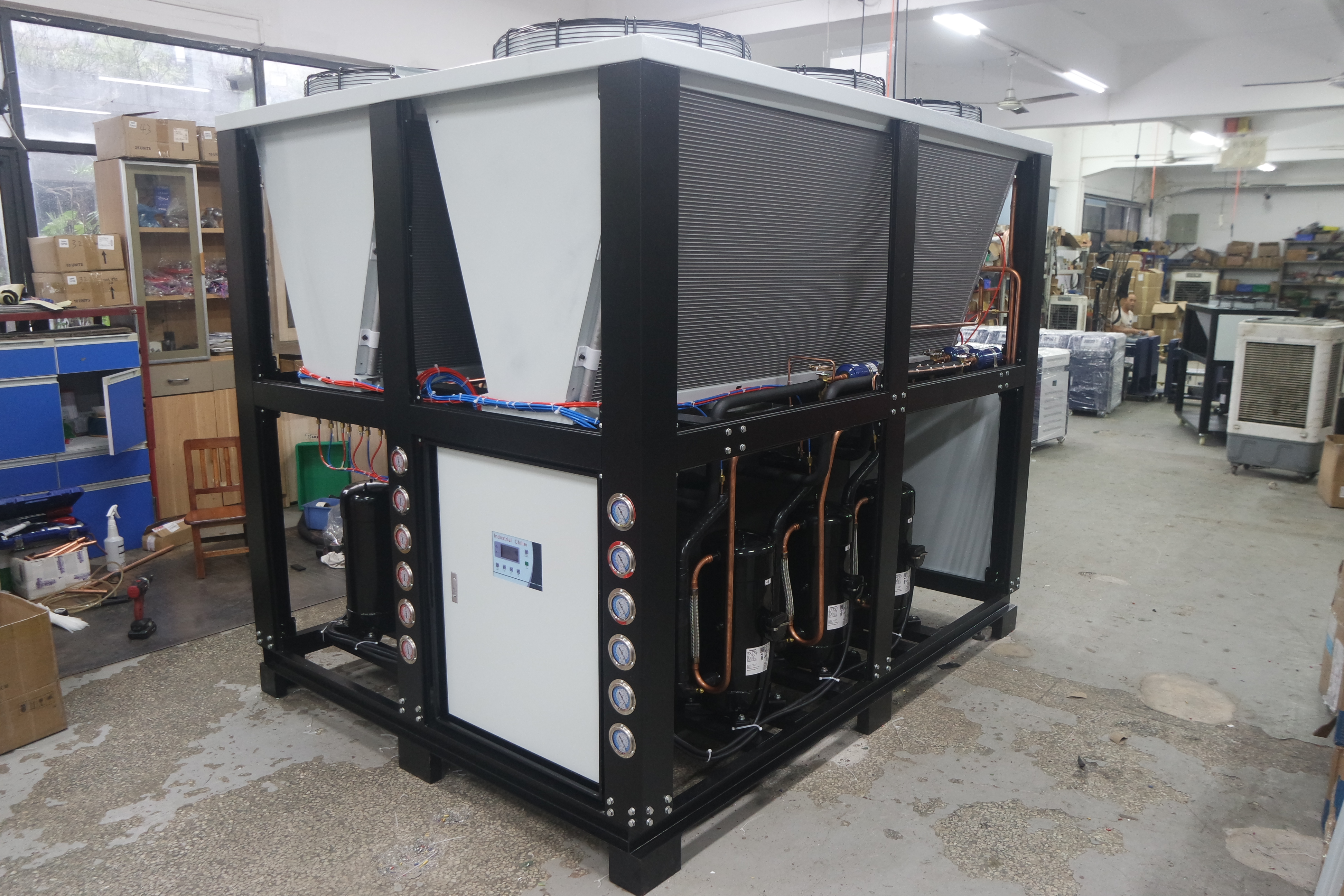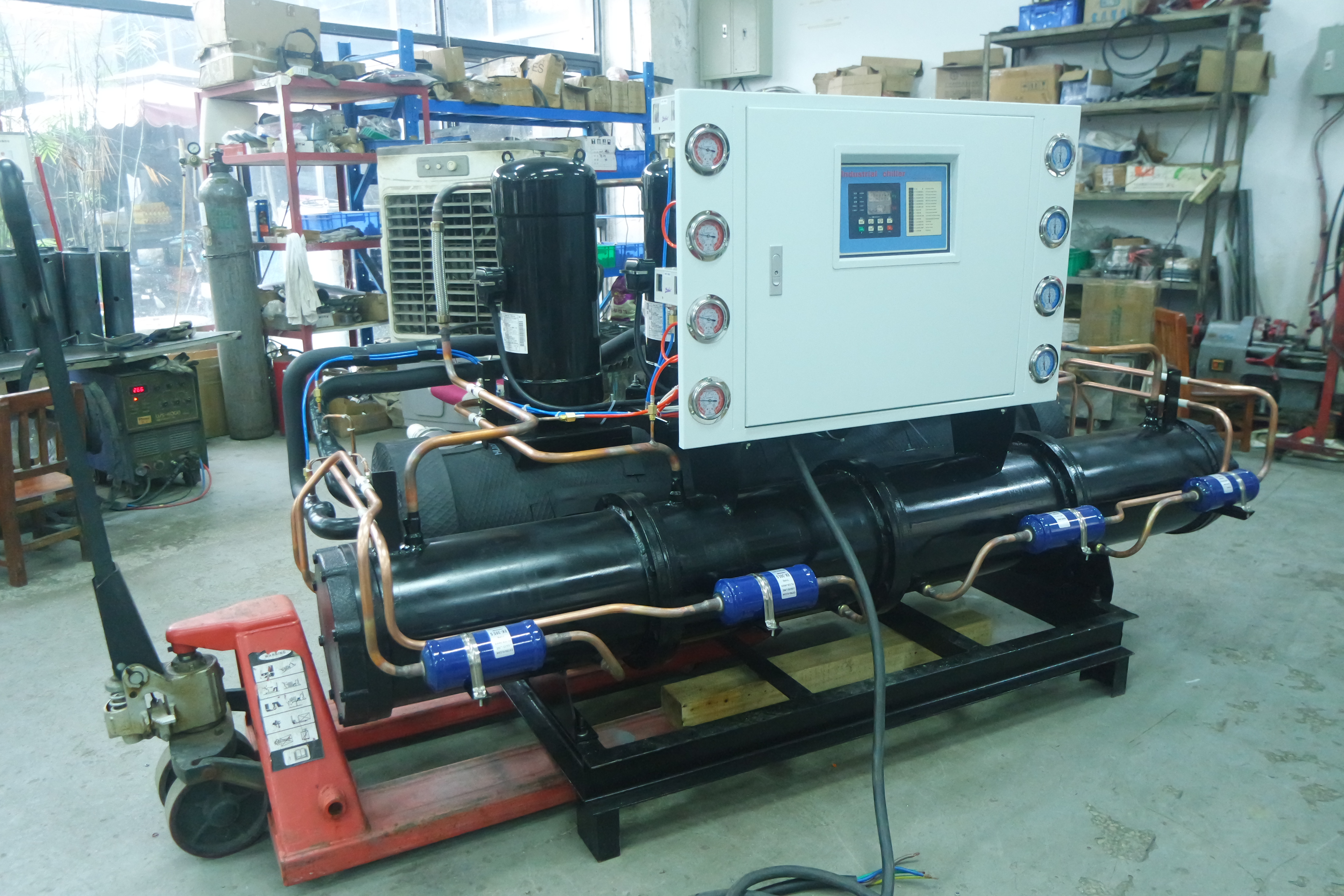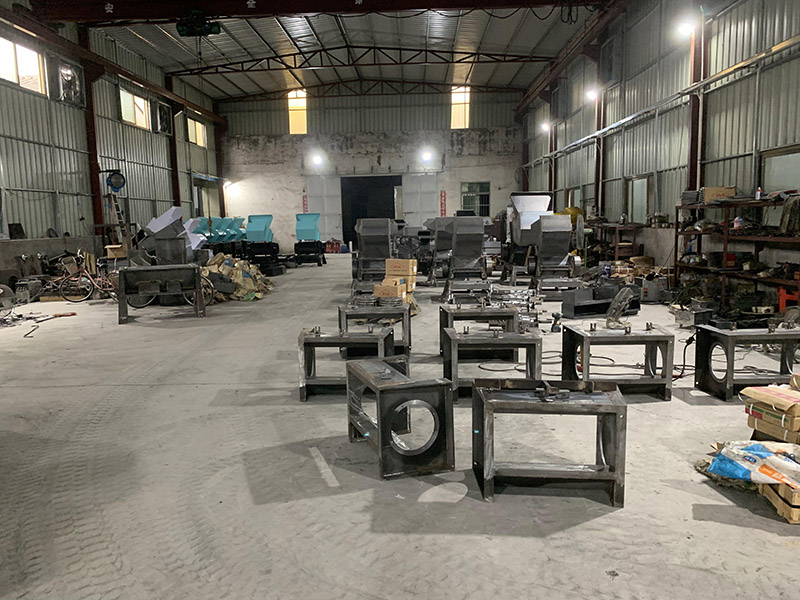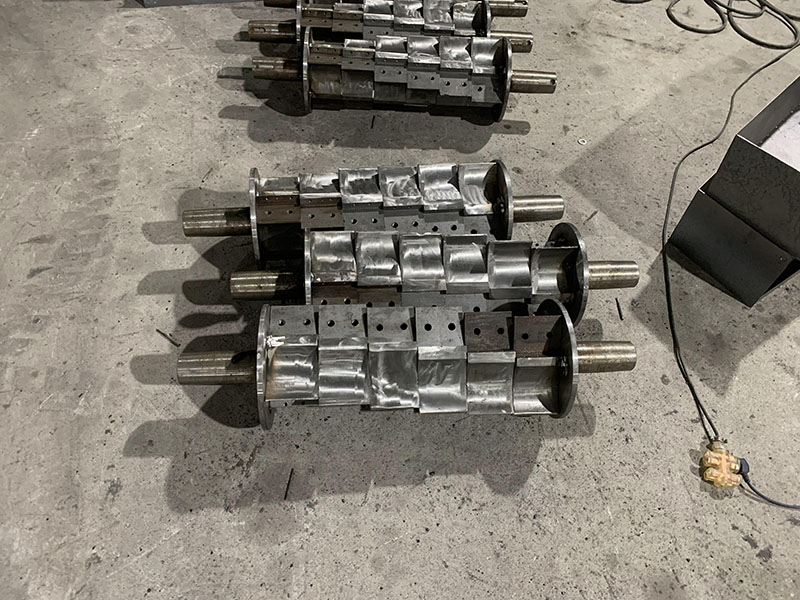Cooling towers, as important industrial equipment, are widely used in many fields such as chemical engineering, electric power, refrigeration, etc. The correct installation of cooling towers plays a crucial role in ensuring their performance and service life. In this blog post, we will detail the installation steps and key points of cooling towers.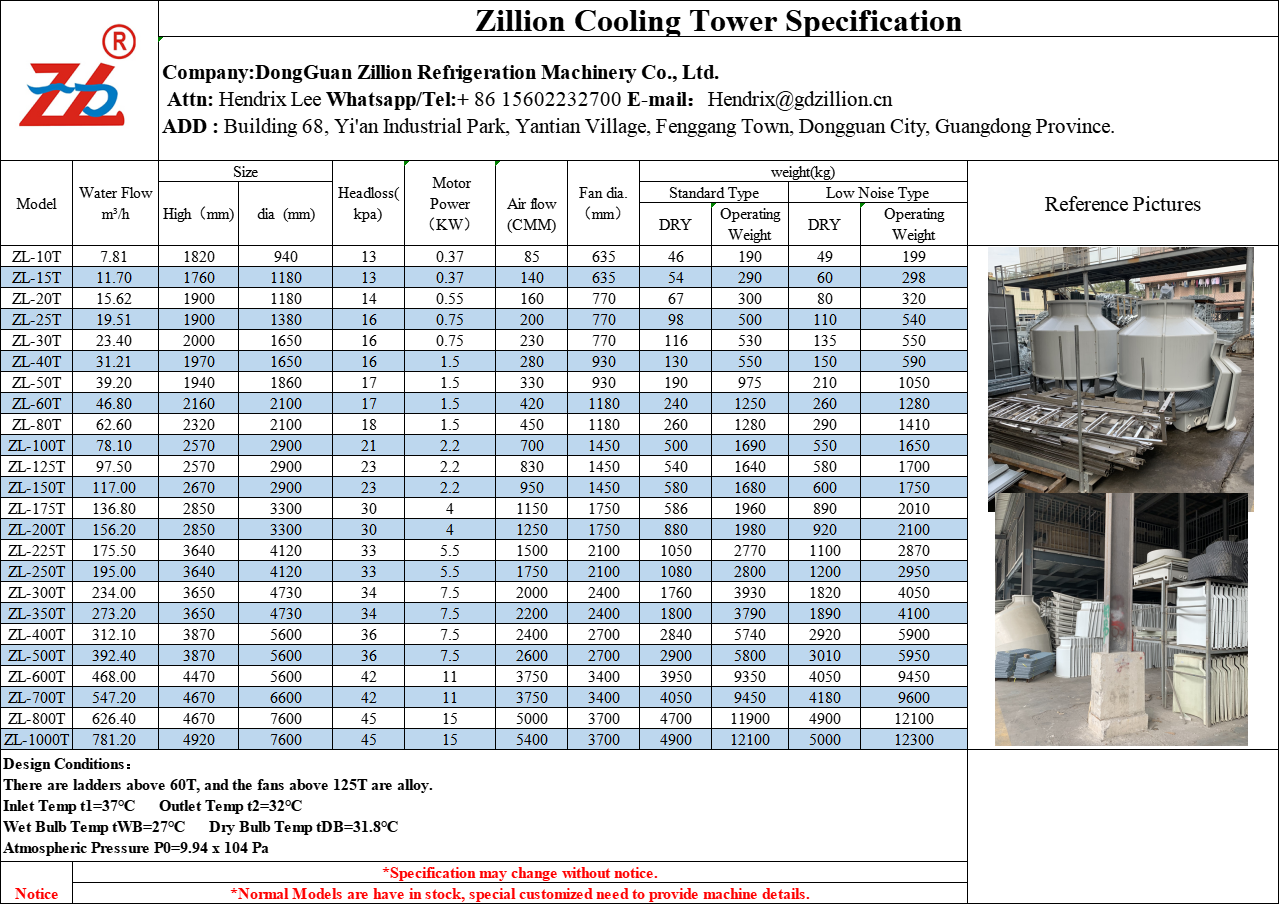
I. Preparatory Work before Installation
Before starting the installation of a cooling tower, thorough preparatory work is essential. Firstly, conduct a detailed survey of the installation site. Ensure that the site is flat and has sufficient bearing capacity to support the weight of the cooling tower and its operation. At the same time, consider the surrounding environment, such as whether the ventilation conditions are good and whether it is far from heat sources and pollution sources.
Secondly, carefully check whether the specifications and models of the cooling tower match the design requirements. Inspect whether each component of the equipment is intact and whether there is any deformation, damage or loss during transportation. Relevant installation tools and equipment, such as cranes, welding machines, wrenches, etc., should also be prepared in advance and ensure that their performance is good and they can be used normally. In addition, the installation personnel should be familiar with the installation drawings and related technical data of the cooling tower, clarify the installation process and technical requirements, and preferably have received professional training and possess corresponding installation skills and experience.
II. Construction of Cooling Tower Foundation
The quality of the cooling tower foundation directly affects the stability and safety of the equipment. The design of the foundation should be determined based on factors such as the model, size, weight of the cooling tower and the local geological conditions. Generally, the foundation should be a reinforced concrete structure, and its depth and size should meet the design standards to ensure that it can withstand the weight of the cooling tower during full-load operation and possible external forces such as vibration and wind.
During the foundation construction process, strictly control the concrete mix ratio and pouring quality to ensure the strength and compactness of the foundation. The surface of the foundation should be flat, and the levelness deviation should be within the allowable range. Usually, it is required that the deviation per meter does not exceed a certain value, for example, ±2mm. At the same time, reserve the anchor bolt holes or pre-embed anchor bolts of the cooling tower. The accuracy of their positions and sizes is crucial and directly related to the installation accuracy of the cooling tower.
III. Installation of Cooling Tower Main Body
After the foundation reaches the design strength and passes the acceptance, the main body installation of the cooling tower can be carried out. Firstly, install the bottom frame of the cooling tower. Assemble the frame components on the foundation according to the requirements of the installation drawings and fix them with anchor bolts or welding. Ensure that the levelness and perpendicularity of the frame meet the requirements. This can be accurately measured and adjusted with measuring tools such as a level gauge and a theodolite.
Next, install the shell of the cooling tower. Pay attention to the tight connection between the shell plates during installation. Usually, bolt connection or welding is used, and the connection should be sealed well to prevent water leakage. During the installation process, ensure that the overall shape and size of the shell meet the design requirements and avoid deformation or distortion. For some large cooling towers, crane and other equipment may be needed for the lifting and installation of components. During the lifting process, ensure the safety and reliability of the lifting equipment to prevent component dropping and causing safety accidents.
The installation of cooling tower packing is also a key link. The function of the packing is to increase the contact area between water and air and improve the heat exchange efficiency. The packing should be installed in the prescribed manner and sequence, ensuring its even distribution and firm fixation. Avoid squeezing or damaging the packing during installation, otherwise it will affect its heat dissipation performance. At the same time, pay attention to the sealing between the packing and the shell to prevent water flow short-circuiting.
IV. Pipeline Connection of Cooling Tower
The connection of the cooling tower to the external pipeline system includes inlet pipes, outlet pipes, make-up water pipes, etc. The material of the pipeline should be selected according to factors such as the transported medium and the use environment. For example, galvanized steel pipes and PVC pipes are commonly used. Before pipeline connection, clean the pipeline to remove internal debris and dirt to prevent them from entering the interior of the cooling tower and affecting the equipment operation.
The pipeline connection methods can be welding, flange connection or threaded connection. The connection parts should be well sealed without leakage. When installing the pipeline, pay attention to its slope and direction to ensure smooth water flow and avoid water accumulation or air blockage. For example, the inlet pipe should have a certain slope to allow water to flow into the cooling tower by gravity, and the installation height of the outlet pipe should be appropriate to facilitate the smooth discharge of cooled water.
In addition, install accessory equipment such as valves and filters on the pipeline. The valves should be flexible in operation and tightly closed, and the filters should be cleaned regularly to ensure the normal operation of the pipeline system and the cleanliness of the water quality.
V. Electrical Installation of Cooling Tower
The electrical system of the cooling tower includes motors, control cabinets, sensors and other equipment. For electrical installation, first ensure the stability and safety of the power supply. The specifications of the wires and cables should meet the power requirements of the equipment, and waterproof, moisture-proof and corrosion-resistant cables should be used. The wiring should be neat and standardized, avoiding cable crossing or entanglement.
The installation of the motor should ensure its accurate connection with the transmission parts of the cooling tower. The tension of the belt or coupling should be moderate, and the grounding protection of the motor should be reliable. The control cabinet should be installed in a dry, well-ventilated and convenient-to-operate position. The electrical components inside should be installed firmly and the wiring should be correct. Sensors such as temperature sensors and liquid level sensors should be installed in the prescribed positions and ways to ensure their measurement accuracy, so as to enable real-time monitoring and automatic control of the operation state of the cooling tower.
After the completion of the electrical system installation, conduct a comprehensive electrical inspection and test, including insulation resistance test, grounding resistance test, no-load test run and load test run of the motor, etc., to ensure that the electrical system is free of faults and the equipment can operate normally.
VI. Commissioning and Trial Operation of Cooling Tower
After the completion of the main body installation, pipeline connection and electrical installation of the cooling tower, commissioning and trial operation work is required. Firstly, conduct a comprehensive inspection of each component of the cooling tower, such as checking whether the bolts are tightened, whether the packing is installed correctly, whether the pipeline connections are well sealed and whether the electrical system is normal.
Then fill water into the cooling tower and start the fan and motor of the cooling tower at the same time. Observe the operation of the equipment. During the trial operation, monitor parameters such as the inlet and outlet water temperatures, water flow rate, fan speed and current of the cooling tower, and check whether these parameters meet the design requirements. If any abnormal situation is found, such as high temperature, excessive vibration, water leakage or electrical fault, stop the machine immediately for troubleshooting and treatment until the equipment operates normally.
The trial operation time is generally not less than a certain period, for example, 2 - 4 hours. During the trial operation, make good records to evaluate the performance of the cooling tower and for subsequent maintenance management.
VII. Acceptance after Installation
After the installation of the cooling tower is completed and the commissioning and trial operation are normal, the final acceptance work should be carried out. The acceptance work should be jointly participated by relevant technical personnel, quality management personnel and owner representatives. The acceptance content includes the appearance inspection of the cooling tower to see if there is any damage, deformation or surface coating peeling; check whether the installation accuracy of the equipment, such as levelness, perpendicularity, spacing between components, etc., meets the design standards; test the performance parameters of the cooling tower, such as cooling capacity, water flow rate, energy consumption, etc., to ensure that they meet the design requirements.
At the same time, check whether the installation data is complete, including installation drawings, construction records, commissioning reports, equipment manuals, etc. Only after passing the acceptance can the cooling tower be officially put into use.
In conclusion, the installation of a cooling tower is a relatively complex and technically demanding job. It is necessary to strictly control each link from the preparatory work before installation, foundation construction, main body installation, pipeline connection, electrical installation to commissioning and trial operation and final acceptance, so as to ensure excellent installation quality, stable and reliable performance of the cooling tower, and provide efficient cooling services for industrial production or other application scenarios.



